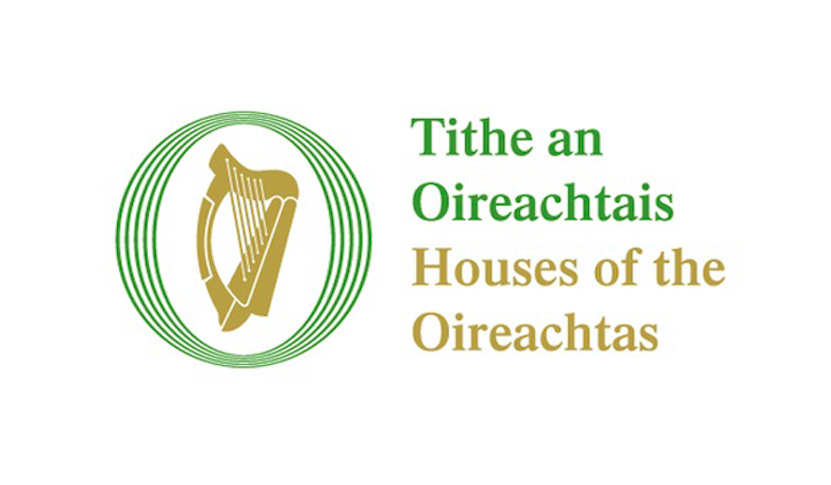
What is Santa’s carbon footprint?
The ‘Green Scene’ Series on Newstalk is a weekly update on energy and environmental matters with Pat Kenny and MaREI Director Brian Ó Gallachóir.
On December 23 , 2020 Prof Ó Gallachóir looked at what is Santa’s carbon footprint?

What is Santa’s carbon footprint?
a. Each year Santa visits about 300 million householdswith children worldwide that celebrate Christmas
b. Many aspects of Santa’s amazing technology are not publicly available
c. Santa travels about 16 million km within towns, villages and cities and 8 million km between towns, cities and villages – so 24 million kmin total.
d. The energy required to undertake this travel is made up of a number of key elements, namely
-
- Kinetic energy as the sleigh gains speed (which is lost as it makes each stop)
- Energy lost to air resistance.
- Potential energy required increase flight elevation.
- Heat and other losses due to inefficiencies in propulsion technology.
e. Assuming an average 2kg gift weight per child, distributed among the 780 million children that celebrate Christmas, the initial weight of his sleigh is approximately 1.6 million tonnes.
f. Assuming Santa travels between midnight and 1 a.m. and travels with the earth’s rotation he spends 24 hours in transit.
g.If half the time is spent arranging the presents, the speed averages at 2 million km per hour.
h. If this was being met with traditional air travel, this would represent 300 times Ireland’s annual energy usage and about 10 billion tonnes of carbon dioxide.
i. But this is not the case- the sleigh driven by Santa Claus is powered by nine reindeer.
j. Like cows, reindeer are ruminants: when they digest grass and lichen, they emit methane gas. Unfortunately, this is a very powerful greenhouse gas.
k. However, given the travel they get through in 24 hours, they achieve very low greenhouse gas per tonne of payload per kilometre travelled and have a very low carbon footprint.

Oireachtas Committee recommends significant changes to climate legislation
a. The Oireachtas Committee on Climate Action published their report last week on the revised Climate Bill
b. In October 2020 the Government published a revised Climate Bill to establish a target of carbon neutrality for the State by 2050
c. The cross party Oireachtas Committee engaged with a range of experts during seven hearings and through invited written submissions
d. The report acknowledges the strengths and makes recommendations to address the weaknesses of the proposed legislation
e. The main weakness was lack of clarity around definitions and in parts of the draft Bill vague or aspirational language is used, where more certain terms could be used instead
f. One recommendation is to change “pursue” carbon neutrality to “pursue and achieve” carbon neutrality by 2050at the latest
g. Another relates to the focus on mitigation (reducing emissions), recommending a focus also on adaptation (building resilience to climate change)
h. The Committee recommends
-
- Greater emphasis on just transition, climate justice, biodiversity and nature-based solutions.
- The Climate Change Advisory Council (CCAC) should be adequately resourced
- Including an interim target for 2030of 51% reductions based on 2018 levels
- Including all greenhouse gases Energy lost to air resistance.
- A new provision is inserted into the Bill requiring the Minister to establish a body or task force to prepare, publish and implement a permanent, large scale public involvement strategy
i. The Government is now revising the Bill taking into account these considered and informed recommendations
The REthink Energy series featuring Green Scene is supported by ESB and The Institute of International and European Affairs

THE 'GREEN SCENE' SERIES ON THE PAT KENNY SHOW
Catch up with the Green Scene podcasts on current energy and environmental matters
Listen Here

